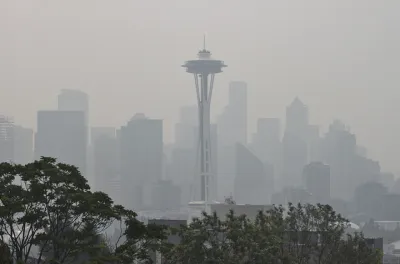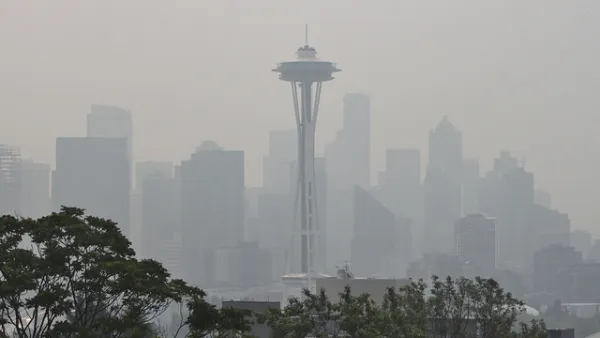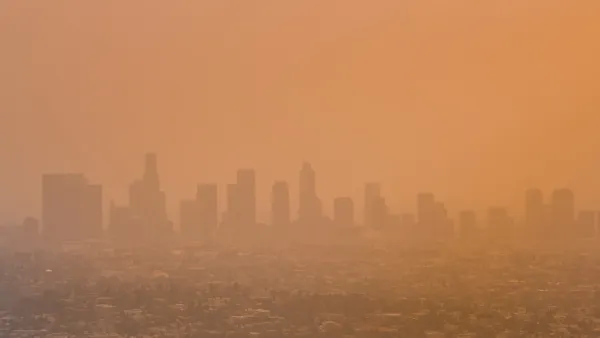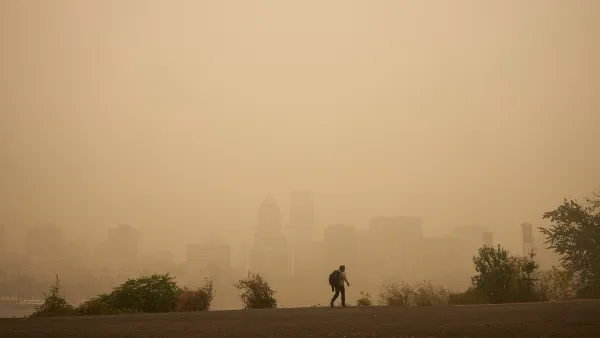Wildfires have caused the city’s air quality to plummet in recent years. The new shelters will give residents a break when the air is not fit to breathe.

Seattle plans to open public clean-air shelters later this month to give residents a reprieve from the air pollution that blankets the city during wildfires in the region, writes Halley Golden:
The pilot program will outfit five public buildings with high-tech filtration systems that screen out smoke and toxins. The buildings will also be equipped with detection systems to keep tabs on how clean the indoor and outdoor air is, and air doors at entrances to push dirty air away.
The selected sites are in areas where residents are less likely to have filtration systems in their homes. Seattle officials are anticipating more smoky days in the future, and the shelters will help protect the city’s most vulnerable residents. But as climate change threats and impacts grow, more facilities will likely be necessary.
"The majority of homes in the city—known for its mild weather—don’t have air conditioning. And lately, temperatures have been on the rise, while smoky days have become more frequent. That means the standard advice to keep windows and doors closed when there’s bad air outside is not always going to be feasible, given the heat," notes Golden.
FULL STORY: Urban 'Breathing Rooms' May Help Smoky Cities Survive Wildfire Season

National Parks Layoffs Will Cause Communities to Lose Billions
Thousands of essential park workers were laid off this week, just before the busy spring break season.

Retro-silient?: America’s First “Eco-burb,” The Woodlands Turns 50
A master-planned community north of Houston offers lessons on green infrastructure and resilient design, but falls short of its founder’s lofty affordability and walkability goals.

Delivering for America Plan Will Downgrade Mail Service in at Least 49.5 Percent of Zip Codes
Republican and Democrat lawmakers criticize the plan for its disproportionate negative impact on rural communities.

Test News Post 1
This is a summary

Test News Headline 46
Test for the image on the front page.

Balancing Bombs and Butterflies: How the National Guard Protects a Rare Species
The National Guard at Fort Indiantown Gap uses GIS technology and land management strategies to balance military training with conservation efforts, ensuring the survival of the rare eastern regal fritillary butterfly.
Urban Design for Planners 1: Software Tools
This six-course series explores essential urban design concepts using open source software and equips planners with the tools they need to participate fully in the urban design process.
Planning for Universal Design
Learn the tools for implementing Universal Design in planning regulations.
EMC Planning Group, Inc.
Planetizen
Planetizen
Mpact (formerly Rail~Volution)
Great Falls Development Authority, Inc.
HUDs Office of Policy Development and Research
NYU Wagner Graduate School of Public Service





























